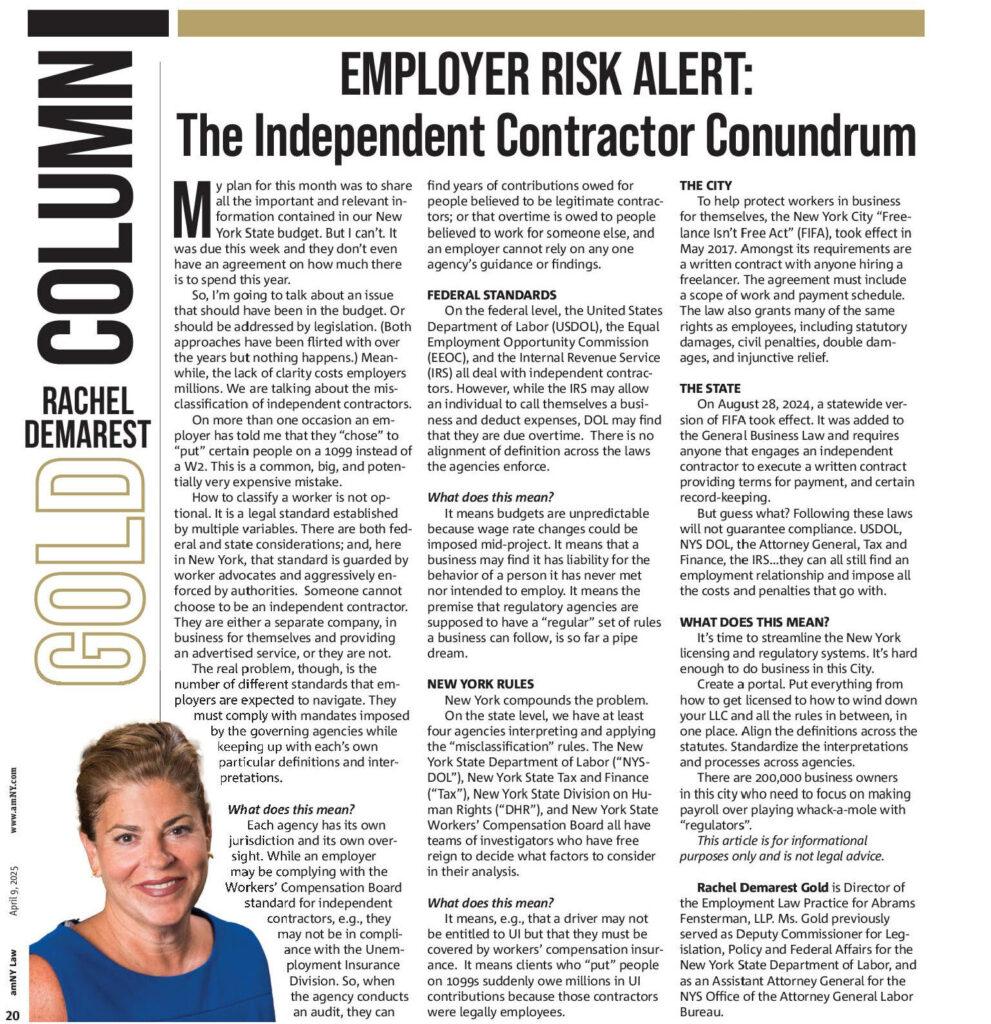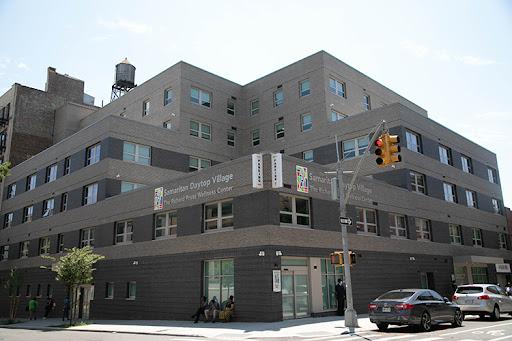By Bonnie Sinnock December 27, 2021
As waves of borrowers proceed to post-forbearance loss mitigation in 2022, Empire State servicers will have to navigate a particularly complicated set of state policies in a politically charged, uncertain environment.
A crackdown New York Attorney General Letitia James recently announced is likely to lead to strict enforcement of idiosyncratic loss-mitigation rules; and foreclosure activity that has been banned through mid-January could experience notable growth. The recent Omicron spike in the state’s largest metropolitan region further complicates things, as it may push the state legislature to extend the foreclosure ban.
“Since much of the state’s foreclosure activity comes from the New York City metro area, how quickly [it] increases will depend in large part on the city’s economic recovery,” noted Rick Sharga, executive vice president at Attom Data Solutions’ RealtyTrac affiliate, in an email.
So while relatively strong home equity levels and moratoria have made the net number of zombie properties in the state’s unusually foreclosure pipeline more manageable than before the pandemic, shrinking from 2,226 properties to closer to 2,000, that processing backlog could grow more notably next year long-term forbearance that’s been allowed for hardships ends.
“Some people will be in a negative equity position after factoring in missed payments,” CoreLogic Chief Economist Frank Nothaft said in an interview. “Sadly, many lost businesses, jobs or family members and some households will be forced to sell.”
Eventually, a silver lining to this cloud could emerge if foreclosures or other alternatives free up some home inventory for other buyers, but because the state’s judicial process usually takes a few years, it’s the more immediate loss mitigation rules that will take priority for New York servicers going into next year.
Those are tricky not only not because they’re unique to the state but because they’re open to interpretation, and are one of several sets of directives servicers may have.
While New York doesn’t try to supersede things like directives for government-related loans, it does set policies for private mortgages that are somewhat similar to the former, but aren’t necessarily in line with investor or federal bank rules for servicing.
“There’s a big issue there, which is who is subject to these laws?” Larry Platt, a mortgage industry attorney at Mayer Brown, said in an interview. “The statute itself suggests that it’s any entity that owns a residential home loan where the borrower’s principal residence is in New York, but … New York can’t legislate things like how a federally chartered bank decides to accept repayment on a loan.”
The Empire State’s loss mitigation rules have a similar aim as those put in place by some other federal government-related entities: avoid forcing borrowers with pandemic-related hardships to repay everything at one time in order to reinstate the mortgage after forbearance.
However, New York doesn’t provide the kind of detailed decision-making waterfall for private mortgages that federal agencies do. Instead, it mandates servicers choose certain options such as extending the mortgage’s term or tacking a non-interest-bearing balloon payment on to the end based on criteria that may be open to interpretation.
New York obligates a servicer to make a “reasonable, good faith effort” to provide an appropriate loss mitigation option, and says it should be consistent with directives like the servicing agreement in doing so, said Platt. It also says mortgage companies have a duty to structure a modification that is “reasonably affordable and sustainable” for the borrowers and to consider alternatives if the risk of default is imminent.
In other words, New York’s servicing rules somewhat parallel those of the federal agencies, “but they’re much more aggressive in this duty or obligation to come up with an option,” Platt said.
“There are a lot of interesting legal questions around that, such as whether you can force an owner of a loan to change its terms to avoid foreclosure,” he added. “And are they gonna be coming in and second guessing that the loss mitigation options that the private investors have available are not good enough?”
It’s possible other states may make similar rules considering that they often do end up looking to jurisdictions that act on their own, like New York and California, for guidance, Platt said.
The most universal issue New York and other states have to address is the distribution of Homeowner Assistance Fund money. Interpreting how the Empire State’s rules affect that might be one of the biggest questions in New York.
James recently directed servicers to apply HAF money after other types of loss mitigation have been exhausted, but there may be many interpretations of how that money should be used in line with states’rules, Platt said. That issue, like the question of how any foreclosures that actually proceed will play out, is one that will become more pressing down the road.
When pandemic-era loans finally do enter foreclosure, servicers also will be contending with some new court precedents that emerged in New York’s byzantine legal process over the past year. Because of the market’s inactivity, servicers and lenders may lack broad awareness of them.
Among these is a July 28 ruling in VFS Lending JV II LLC v. Krasinski, which could be used to delay or block foreclosures on nontraditional loans that lenders have priced above standard rates to compensate for their risk, according to Christopher Gorman, partner at Abrams Fensterman.
In that case, the appellate division of New York’s Supreme Court voided claims brought by a lender in a foreclosure proceeding based on allegations by the borrower that the mortgagee involved intentionally violated certain banking law provisions involving high-cost home loans.
“It is rare indeed for a court to tell a lender, directly or indirectly, that the lender is precluded entirely from enforcing its loan documents and collecting the monies that the lender claims to be owed from a borrower,” Gorman wrote in a report on the implications of the decision in the case.
The decision is expected to have broader ramifications for foreclosures on other high-cost home loans as foreclosures upon those times of loans get back underway in New York.
“Lenders in foreclosure cases involving loans covered by certain provisions of the state’s banking law should expect to see Krasinski cited as a basis to request discovery from the lenders, and in opposition to summary judgment motions filed by lenders, for years to come,” Gorman said in the report.
It ultimately may be rare that the courts void a loan on the basis of this case. However, if a consumer challenges a foreclosure on this basis, the lender is still likely to face delays in the foreclosure process as the case puts the burden of proof on the lender or servicer to establish its compliance with the banking law, Gorman said in an interview.
“There’s been such price appreciation in homes that foreclosure is going to be less likely,” said Platt. “However, there are going to be a lot of what I call tributaries in New York around foreclosure when loans get there.”
While non-performing loan numbers have come down from their pandemic peaks, New York’s are still higher than those in other states, according to CoreLogic’s latest monthly report. New York’s 90-day-plus delinquency rate of 4.2% in September was down from 6.6% a year earlier, but it was one of two highest in the nation, matched only by Louisiana’s.
Associated Url: Why servicers must watch New York’s post-forbearance workouts closely – National Mortgage News – Christopher Gorman Quoted




